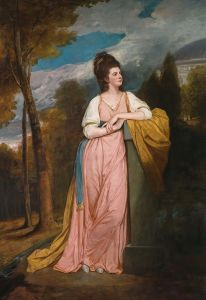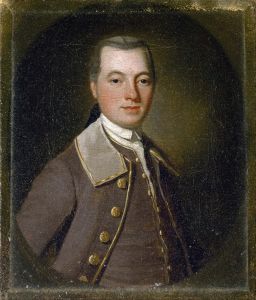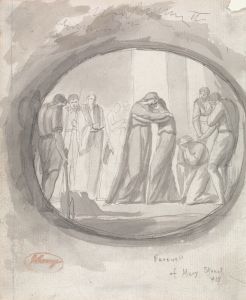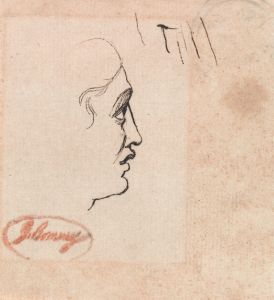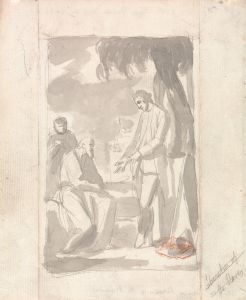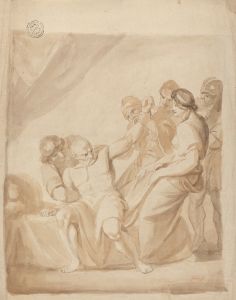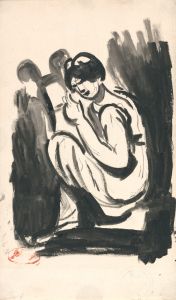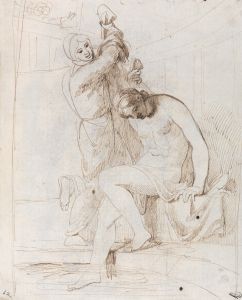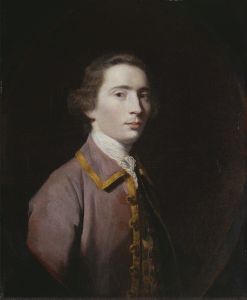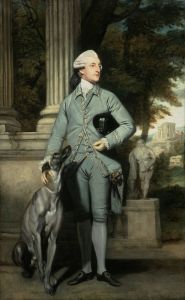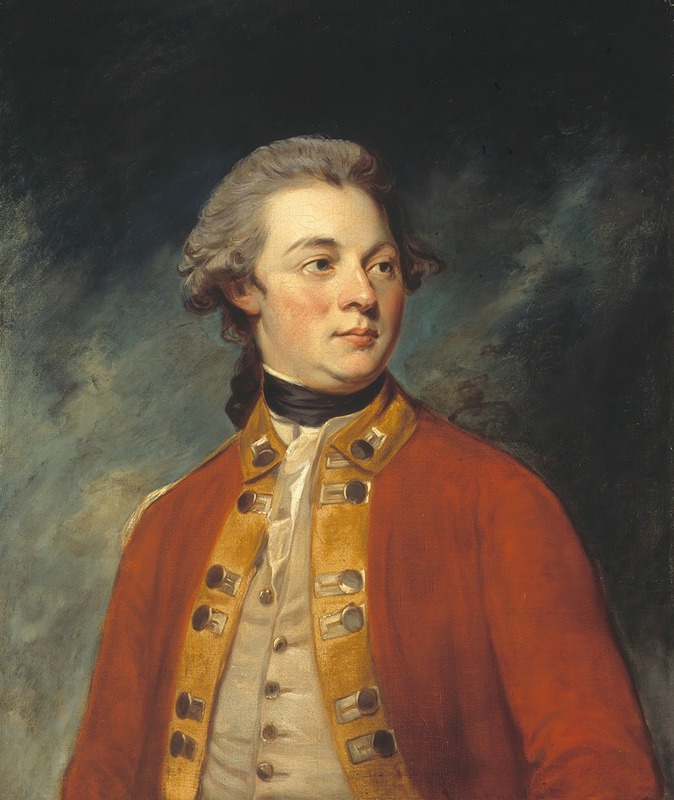
Portrait of Francis North, 4th Earl of Guilford
A hand-painted replica of George Romney’s masterpiece Portrait of Francis North, 4th Earl of Guilford, meticulously crafted by professional artists to capture the true essence of the original. Each piece is created with museum-quality canvas and rare mineral pigments, carefully painted by experienced artists with delicate brushstrokes and rich, layered colors to perfectly recreate the texture of the original artwork. Unlike machine-printed reproductions, this hand-painted version brings the painting to life, infused with the artist’s emotions and skill in every stroke. Whether for personal collection or home decoration, it instantly elevates the artistic atmosphere of any space.
The "Portrait of Francis North, 4th Earl of Guilford" is a distinguished work by the renowned British artist George Romney. George Romney, born in 1734, was one of the leading portrait painters of the late 18th century in Britain, known for his elegant and graceful style. His works were highly sought after by the British aristocracy and other prominent figures of the time.
Francis North, 4th Earl of Guilford, was a British peer and politician. He was born on December 25, 1761, and became the Earl of Guilford in 1790 after the death of his father, Frederick North, 2nd Earl of Guilford, who is perhaps better known as Lord North, the Prime Minister of Great Britain during the American Revolutionary War. Francis North's tenure as Earl was marked by his involvement in political and social affairs, although he did not achieve the same level of historical prominence as his father.
The portrait by Romney captures the Earl in a manner typical of the artist's style, which often emphasized the character and status of the sitter through composition and expression. Romney's portraits are noted for their clarity, refined use of color, and the ability to convey the personality of the subject. While specific details about the composition of this particular portrait are limited, Romney's works generally feature a focus on the sitter's face and upper body, often set against a simple, yet elegant background that highlights the subject's features.
Romney's relationship with his subjects was often one of mutual respect and understanding, which allowed him to capture their likenesses with a sense of intimacy and insight. His ability to portray the subtleties of character and status made him a favorite among the British elite, and his portraits remain highly regarded for their artistic merit and historical significance.
The "Portrait of Francis North, 4th Earl of Guilford" is part of the broader body of work that showcases Romney's skill in portraiture. His paintings are characterized by their smooth brushwork and the subtle interplay of light and shadow, which add depth and dimension to the figures he depicted. Romney's portraits often reflect the fashion and sensibilities of the time, providing a window into the world of 18th-century British aristocracy.
While the specific location of this portrait is not detailed in available records, many of Romney's works are housed in prestigious collections and museums, reflecting their enduring appeal and importance. His portraits continue to be studied and appreciated for their artistic qualities and their role in documenting the figures of his era.
In summary, the "Portrait of Francis North, 4th Earl of Guilford" by George Romney is a testament to the artist's mastery of portraiture and his ability to capture the essence of his subjects. Through his work, Romney has left a lasting legacy that continues to be celebrated in the world of art history.





